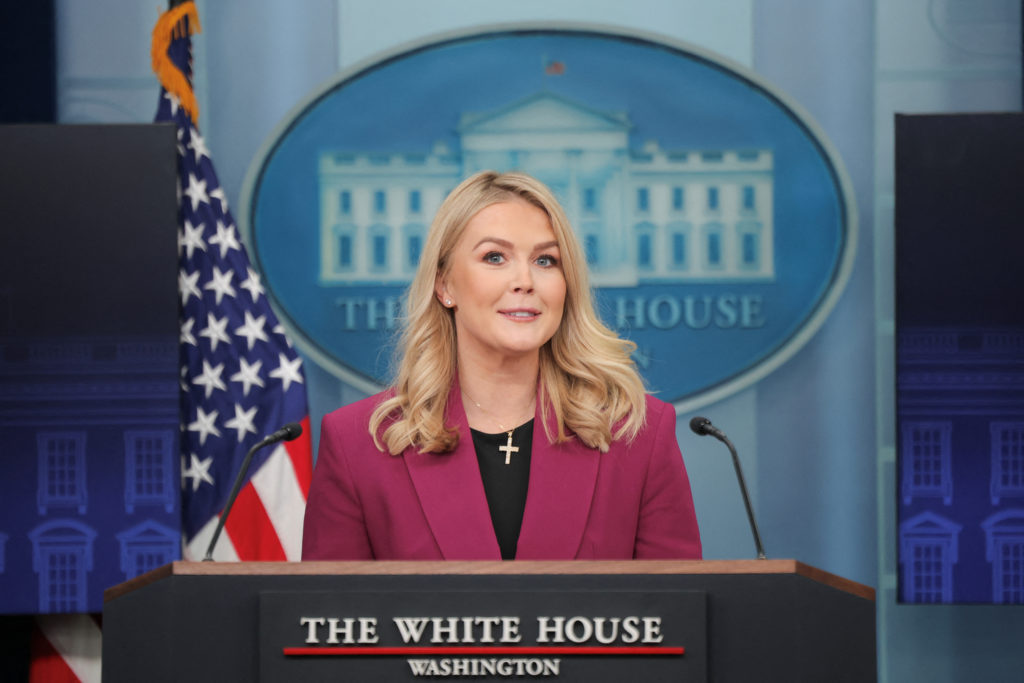Watch LIVE: President Donald J. Trump Signs Laken Riley Act Into Law, Announces EO To Send Illegals To Guantanamo Bay
Bill Gates-Funded Reporters at RFK Confirmation Hearing Caught Using Pre-Written Propaganda Headlines

Legacy media reporters covering Robert F. Kennedy Jr’s Senate confirmation hearing have been caught using pre-written negative headlines to spoon-feed establishment propaganda to the masses regarding the Make America Healthy Again project. Earlier this week, […]
The post Bill Gates-Funded Reporters at RFK Confirmation Hearing Caught Using Pre-Written Propaganda Headlines appeared first on The People’s Voice.
Democrat Senator Triggered RFK Jr. Wants To Investigate Link Between SSRIs and Mass Shooters
Must-See Highlights: RFK Jr. Defends MAHA from Critics in Fiery Confirmation Showdown
‘DO YOU SUPPORT THESE ONESIES?!’: Unhinged Bernie Screams At RFK Jr. Over Anti-Vax Baby Clothes
Trump’s White House – Biden Team Spent Aid Budget Like ‘Drunken Sailors’

White House Press Secretary Karoline Leavitt said that the Biden administration spent the federal budget recklessly during its tenure. She made the comment at a press briefing on Tuesday defending President Donald Trump’s decision to […]
The post Trump’s White House – Biden Team Spent Aid Budget Like ‘Drunken Sailors’ appeared first on The People’s Voice.
